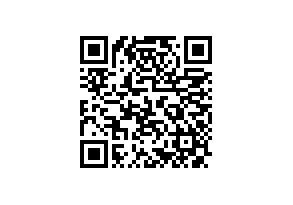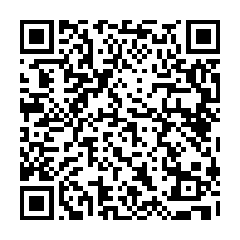On August 1st, Israel banned fuel and gas from entering the Gaza Strip. The blockade on the Kerem Shalom crossing will begin on August 2nd and will continue until further notice.
Defense Minister Avigdor Lieberman announced that the closing comes due to an increase in launches of incendiary kites and balloons into southern Israel in the past weeks.
The defense minister’s spokesman said in an announcement, as cited by Jerusalem Post: “A short time ago Defense Minister Avigdor Liberman ordered that gas and fuel be banned from entering Gaza through Kerem Shalom, starting on Thursday (August 2nd) and until such time as there is a new announcement.”
This is the second time in recent weeks that Israel closes the Kerem Shalom crossing for fuel. On July 17th, Lieberman announced the ban on fuel and gas, including the emergency fuel supplied by the UN. Any ban on fuel and gas entry into Gaza is highly dangerous, since almost 2 million people in the city live only on close to 4 hours of electricity per day. They require fuel-powered generators for their homes, businesses, and critical civilian infrastructure, including hospitals and water and sewage facilities. On July 24th, the Crossing was partially reopened, once again allowing some fuel and gas to enter Gaza. The partial reopening was due to a complaint by UN officials, cited by Israel National News, that emergency fuel reserves in the city were running low.
The blockade of the Kerem Shalom crossing began on July 9th, after an escalation between Hamas and the Israeli forces. It still bans all goods from exiting and vital materials are still banned from entering, including construction materials, water pumps, spare parts, generators, clothing, blankets, mattresses, and more. It allowed only the entry of fuel, food and medicine. Also, on July 9th, Israel reduced the fishing zone in the southern Gaza Strip from 9 nautical miles to 6, also in response to the incendiary kites and balloons.
On July 20th there was an escalation in Gaza, after a Palestinian sniper reportedly killed an Israeli soldier. The Israeli airstrike that followed in retaliation killed four Palestinians. Israel’s military said, cited by VOA news that it struck 25 Hamas positions, including weapon warehouses, command and control centers, training facilities, observation posts and other sites.
On July 20th, Hamas, as cited by VOA News, vowed to continue the weekly protests along the Gaza Strip and to launch incendiary kites and balloons.
On July 14th, there was an escalation in which Israel carried out the largest airstrike against Gaza since the 2014 war, as a result killing two teenagers. The airstrikes were in retaliation to intensified Hamas mortar attacks at Israel on July 13th.
The escalation followed the July 13th protest along the Gaza strip which was allegedly violent and left two Palestinians killed and more than 220 injured, according to the Gaza Health Ministry as cited by Telegraph.
The weekly protests along the Gaza Strip began on March 30th and happen every Friday. They are meant to drawn attention to Israeli-Egyptian blockade imposed since 2007. So far more than 135 Palestinians have been killed since the protests began.






